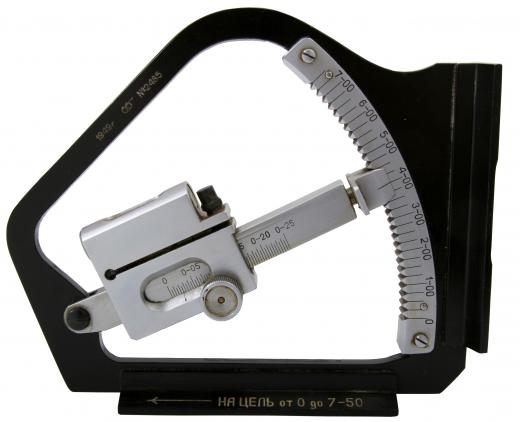A tilt-up is a building whose shell is made using concrete panels poured on site; a crane lifts the panels into place. In some buildings, interior walls are also made with the same poured concrete panels. Light industrial and low-rise commercial spaces are the usual venues for tilt-up buildings.
Site preparation begins the process of creating a tilt-up building. A slab will be poured and footings installed for the wall panels. The slab will be both the foundation for the building and the surface on which the wall panels are poured. After the slab is cured and cleaned, the forms for the walls go onto it, and concrete is poured into these forms.

When the concrete panels have solidified, the forms are removed and large cranes are used to lift the panels into place. The name "tilt-up" comes from the way the panels are raised and tilted into place. Braces in the panels are then attached to the base slab. Wall panels are attached to each other by welding together steel plates embedded into the edges of the panels. Finally, the roof goes on.

Tilt-up construction is fast and relatively inexpensive. The mass of the walls provides good insulation from outside sounds and very good sound separation between spaces when used for interior walls. These walls also provide good thermal insulation; if improved thermal insulation is needed, the wall panels can be poured in two phases, sandwiching insulation between two layers of concrete. The panels normally have rebar reinforcement, creating a high quality shell with a long expected life and low maintenance requirements.

Walls made of concrete, provide very good fire resistance, good resistance to high-pressure fire-hoses, and often don't need to be rebuilt after a fire. Tilt-up wall panels are poured in place, so are not transported as whole units. Panels often weigh between 75,000 lbs (34,019 kgs) to 150,000 lbs (68,038 kgs) and usually are at least 25 ft (7.6 meters) tall. Transportation over public systems would be cumbersome and expensive, so pouring them on site saves time and money.
Concrete cures best between 50° F (10° C) and 80° F (27° C). Uneven drying during the curing process can crack the panels, so the drying concrete is normally moistened to assure uniform curing. Large lawn sprinklers can be used both for moistening and to keep the concrete from overheating from the heat of the sun. Warm weather climates are excellent for tilt-up construction, allowing year-round building.
Tilt-up construction requires that all doors and windows be pre-planned because if they are not in the form, they cannot be put in the panel later. Acoustical properties of tilt-up buildings are poor; for better sound quality, carpeting, wall hangings, and drop-down acoustical ceilings are often added to offices. This method of construction is more difficult in very cold climates, due to a shorter construction season and a higher chance for foundation problems.
